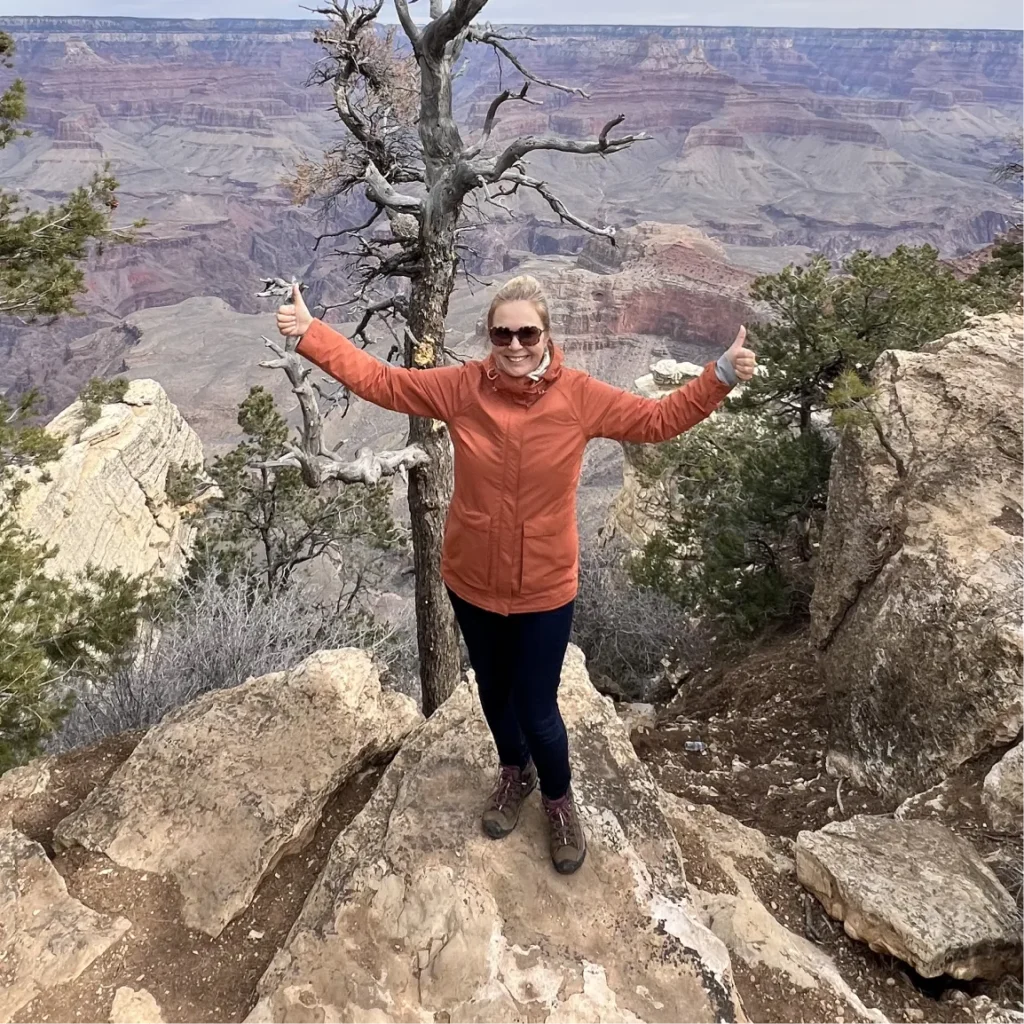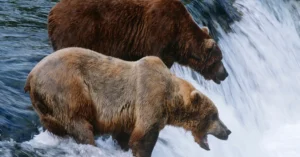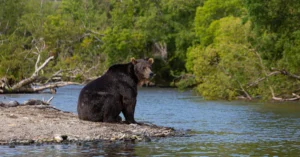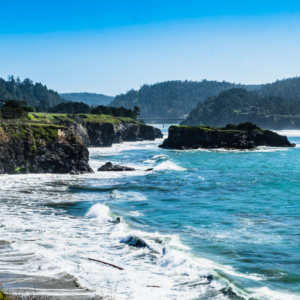National parks are vital ecosystems teeming with diverse life, where many plants and animals depend on water to thrive. Conserving water is crucial to maintain the health and beauty of these parks.
Without adequate water, ecosystems degrade, plants wither, and animals suffer.
Thus, the importance of water conservation cannot be overstated; it involves using water wisely and avoiding waste.
By conserving water, we protect these invaluable natural areas. Simple actions, such as turning off taps and staying on designated trails, can have a significant impact.
These practices ensure that future generations can enjoy these vibrant parks. Sustainable water use helps keep the parks alive and thriving.
Let’s unite to champion water conservation in our national parks, remembering that every conserved drop helps preserve the park’s vitality.
By being mindful of our water use, we support the entire ecosystem, preserving these natural treasures for future enjoyment.
Why Water Conservation Is Essential
Water is essential in national parks, where every plant and animal relies on it for survival. Without adequate water, the health of these parks deteriorates; animals can perish, and plants may wither.
Water conservation involves using water efficiently and avoiding waste, playing a critical role in maintaining the parks’ beauty and vitality.
Visitors can contribute by turning off taps, using less water, and adhering to designated trails. Even simple actions can lead to significant positive impacts. By conserving water, we safeguard these unique environments for future generations.
Effective water conservation helps ensure that parks continue to thrive and remain vibrant.
We all have a role in this effort. Let’s collaborate to conserve water in our national parks. Remember, every drop is precious, and collective small efforts can lead to substantial environmental benefits.
By being mindful of our water use, we help keep our parks lush and lively.
Water Conservation Efforts In National Parks
National parks have implemented various policies and strategies to conserve water. These measures are crucial for maintaining the health of these natural environments. Parks create rules to ensure water is used wisely and not wasted.
They educate visitors about the importance of conserving water and provide guidelines on how to do so.
Parks also monitor water usage closely and aim to reduce water waste through efficient management practices. These policies help protect the ecosystems and ensure that water resources are available for future generations.
Innovative Water-Saving Technologies And Practices
National parks have adopted several innovative technologies and practices to save water. Here are some key examples:
- Rainwater Harvesting: This technique involves collecting and storing rainwater for later use. Rainwater can be used for irrigation, flushing toilets, and other non-potable purposes. This reduces the reliance on freshwater sources.
- Greywater Systems: These systems recycle water from sinks, showers, and laundry for reuse in irrigation and flushing toilets. By reusing greywater, parks can significantly reduce their overall water consumption.
- Drip Irrigation: This method delivers water directly to the roots of plants, minimizing evaporation and runoff. Drip irrigation is more efficient than traditional sprinklers and helps conserve water.
- Low-Flow Fixtures: Parks install low-flow faucets, showerheads, and toilets to reduce water usage. These fixtures use less water while maintaining performance.
- Efficient Landscaping: Parks use native plants that require less water and design landscapes to minimize water use. Xeriscaping is one such practice that uses drought-resistant plants.
Role Of Park Staff, Rangers, And Volunteers

The efforts of park staff, rangers, and volunteers are essential in promoting and maintaining water conservation. Here are some of their key roles:
- Maintenance and Repairs: Staff regularly check for leaks and fix them promptly. They also install and maintain water-saving devices.
- Education and Outreach: Rangers and volunteers educate visitors about the importance of water conservation. They provide tips on how visitors can help save water during their visits.
- Implementation of Conservation Projects: Staff and volunteers participate in various water-saving projects, such as installing rainwater harvesting systems and setting up greywater recycling systems.
- Monitoring and Evaluation: Park staff monitor water usage and evaluate the effectiveness of conservation measures. They adjust strategies as needed to improve water savings.
Visitor Contributions To Water Conservation
Visitors play a vital role in conserving water in national parks. By taking simple, actionable steps, everyone can help protect these natural environments. Here are some tips for conserving water during park visits:
- Use Refillable Water Bottles: Carry a refillable water bottle instead of buying bottled water. This reduces plastic waste and saves water used in production.
- Turn Off Taps: Always turn off taps tightly after use. Don’t let the water run while brushing teeth or washing hands.
- Shorten Showers: If showers are available, take short showers to conserve water.
- Follow Trail Signs: Stick to designated trails to avoid disturbing natural water sources and vegetation.
- Camp Responsibly: Use biodegradable soap and wash dishes away from streams and lakes. This helps prevent water pollution.
Adhering to park guidelines for water usage is crucial. These rules are in place to protect water resources and ensure that everyone has access to clean water. By following these guidelines, visitors can help maintain the health of the park’s ecosystems.
Visitors are also encouraged to participate in educational programs and conservation activities offered by the parks. These programs provide valuable information about the importance of water conservation and offer hands-on opportunities to contribute. For example:
- Join a Clean-Up Event: Participate in clean-up events to help keep water sources free from trash and pollutants.
- Attend Workshops: Attend workshops on water conservation techniques and learn how to apply them at home and during visits.
- Volunteer for Conservation Projects: Volunteer for projects like installing water-saving devices or planting native vegetation.
Case Studies Of Successful Water Conservation Programs
National parks across the country have implemented innovative water conservation programs with remarkable success. These efforts help protect natural resources and ensure sustainable water use. Here are three notable examples:
Yosemite National Park – Implementing Water Recycling Systems
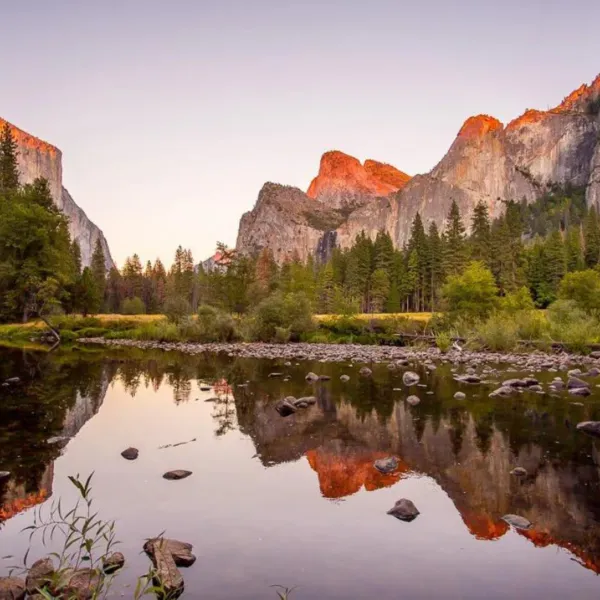
Yosemite National Park has taken significant steps to conserve water by implementing advanced water recycling systems. The park has installed greywater recycling systems that treat water from sinks, showers, and laundry facilities. This treated water is then reused for irrigation and flushing toilets.
By recycling greywater, Yosemite reduces its reliance on freshwater sources and minimizes wastewater. This initiative has not only helped conserve water but also set a benchmark for other parks to follow. The park’s efforts have resulted in substantial water savings and demonstrate the potential of recycling systems in conservation efforts.
Yellowstone National Park – Efficient Irrigation And Landscaping Practices
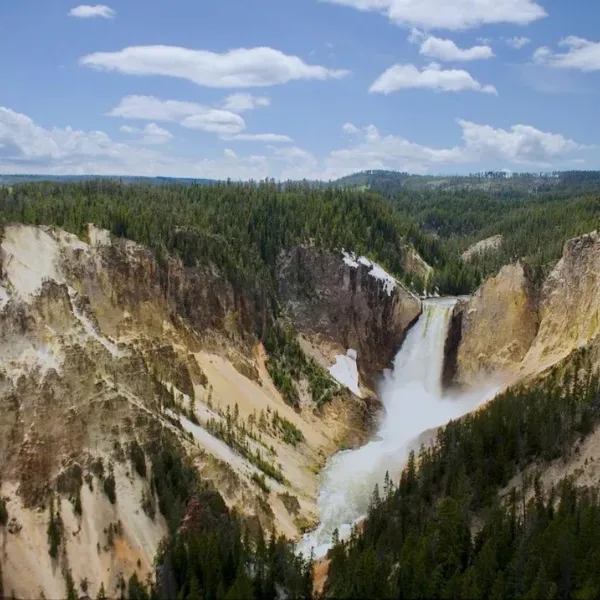
Yellowstone National Park has focused on efficient irrigation and sustainable landscaping practices to conserve water.
The park uses drip irrigation systems that deliver water directly to the roots of plants, reducing evaporation and runoff. This method ensures that plants receive the necessary water while minimizing waste.
Additionally, Yellowstone has adopted xeriscaping, a landscaping approach that uses drought-resistant plants native to the area. These plants require less water and are well-suited to the local climate.
By implementing these practices, Yellowstone has significantly reduced its water consumption and maintained the park’s lush landscapes.
Everglades National Park – Managing Water Levels To Preserve Wetlands
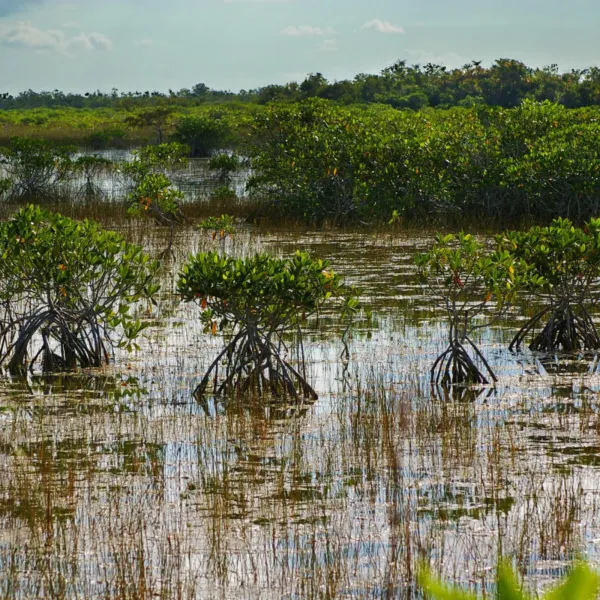
Everglades National Park is renowned for its vast wetlands, which are crucial for the park’s biodiversity. To conserve water and preserve these wetlands, the park has implemented a comprehensive water management strategy.
This strategy involves regulating water levels to mimic natural hydrological patterns.
By doing so, the park ensures that the wetlands receive the right amount of water throughout the year. This approach helps maintain the health of the ecosystem and supports the diverse wildlife that depends on the wetlands.
The park also collaborates with local agencies and communities to manage water resources effectively.
The Everglades’ water management efforts have proven successful in conserving water and protecting one of the most unique ecosystems in the world.
The Impact Of Water Conservation On Natural Habitats
Water conservation plays a crucial role in preserving natural habitats within national parks. By using water wisely and preventing waste, we help maintain the delicate balance of these ecosystems. Water is essential for all forms of life, from the smallest plants to the largest animals. When water is conserved, it ensures that these habitats remain healthy and vibrant.
Preservation Of Natural Habitats
Water conservation helps protect the natural habitats found in national parks. It ensures that rivers, lakes, and wetlands have enough water to support the diverse plant and animal life that depends on them. When water levels are maintained, fish, amphibians, and other aquatic species can thrive. Additionally, water conservation prevents the overuse and depletion of groundwater, which is vital for sustaining vegetation and wildlife.
Examples Of Benefitted Habitats
- Wetlands in Everglades National Park: The comprehensive water management strategy in Everglades National Park has helped maintain the park’s wetlands. By regulating water levels, the park ensures that these habitats remain rich and diverse, supporting species like the American alligator and the endangered snail kite.
- Riparian Zones in Yosemite National Park: Water recycling systems in Yosemite have contributed to the health of riparian zones. These areas, found alongside rivers and streams, are crucial for species such as the California red-legged frog and various bird species.
Long-Term Benefits
The long-term benefits of water conservation are significant. By preserving water resources, we ensure that natural habitats continue to support diverse wildlife. This conservation effort also helps mitigate the effects of climate change, reducing the risk of droughts and water shortages. Future generations will inherit healthy ecosystems, full of life and beauty, thanks to our commitment to water conservation today.
Future Challenges And Opportunities
Upcoming Challenges
- Climate Change: Increasing temperatures and changing precipitation patterns can lead to water scarcity and droughts, stressing park ecosystems.
- Increased Visitation: More visitors mean higher water usage, which can strain the park’s water resources.
Potential Solutions
- Advanced Technologies: Innovations like smart irrigation systems, which use sensors to optimize water use, can significantly reduce water wastage.
- Water Recycling: Expanding greywater and rainwater harvesting systems can provide additional water sources for non-potable uses.
Opportunities For Public Engagement
- Volunteering: People can join water conservation projects, such as installing water-saving devices or participating in clean-up events.
- Donations: Financial support from the public can fund water conservation initiatives, research, and the implementation of new technologies.
- Educational Programs: Parks can offer workshops and tours to educate visitors about water conservation and its importance.
Conclusion
Water conservation is vital for the health and longevity of national parks. By adopting innovative technologies and engaging the public, we can address future challenges like climate change and increased visitation.
Visitors play a key role by following conservation guidelines and participating in educational programs. Together, we can ensure these natural treasures remain vibrant and thriving for future generations.
Every effort counts in preserving the beauty and biodiversity of our national parks through water conservation.




